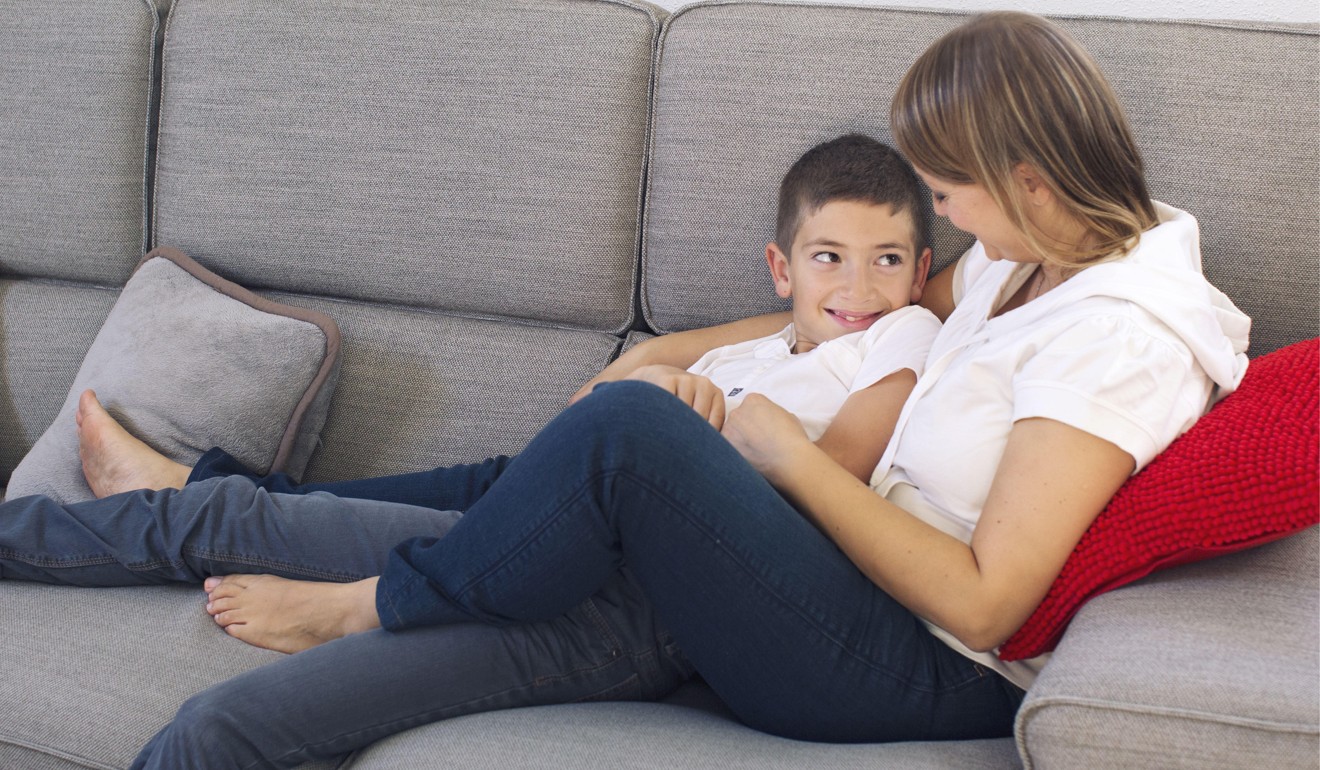
How to make your children more resilient and better able to cope with the stress of life changes
Some children cope better with change and stress than others. Here are four ways to improve their ability to deal with a life change such as relocating
“You’re moving again?” our acquaintances exclaim when we tell them that we will be relocating. The follow-up is generally a variation of either, “What a wonderful opportunity for your kids,” or “But your kids – they’re in high school now. Will they be OK? How are they taking it?”
The life we have created for our family is neither luxury, nor torture. Mobility is a part of who we are. Many families find themselves in similar situations, frequently on the move. Whether parents work in finance, technology, government, higher education or the military, being asked to change locations for job-related circumstances is to be expected.
Can this lifestyle be stressful? Yes, sometimes.
Is it exciting? It can be.
But staying in one location can also be stressful and exciting.
Stress is a necessary component of development and growth. Despite our best intentions and attempts to manipulate circumstances, difficulties arise, caused by anything from health to finances, relationships and unexpected events.

The problem with peer pressure: Hong Kong teenagers warned to ignore the influence of others
What is resilience, anyway? Is it innate, like curiosity or playfulness? According to the Centre on the Developing Child at Harvard University, resilience is the ability to overcome serious hardship. Recent research has found that some children develop adequate resilience, while others do not, leaving them more vulnerable to long-term negative consequences from adversity.
Young brains are elastic and adapt easily to new circumstances. Despite recent scientific breakthroughs showing that human brains retain some elasticity throughout life, many people believe that, much like clay, brains harden over time and become set. A natural conclusion of that mindset would be that older children are less resilient and more brittle. If forced to change, they might break.
World-beating climber inspired by Sai Kung hike
Experts on resilience encourage us to think of the development of resilience not in terms of elasticity but rather as a see-saw. Difficulties are on one side of the fulcrum while the positive traits, or strengths, are on the other. Individuals demonstrate resilience when positive, protective factors outweigh negative ones.
How can we ensure that the stress of moving, or any other life change, does not overwhelm our children? How can we help our children, who must repeatedly start over in a new location, navigate the anxiety associated with saying goodbye and learning to live in a new setting? We can start by building up the following four protective factors to balance their seesaws:
1. Strong, secure and responsive adult-child relationships
We must prioritise, build and maintain relationships with our children by listening to, talking to and supporting them. We can provide them with enough time and space to develop self-regulation and executive function skills.
We need to allow our children to experience big feelings, and listen to them and respond accordingly while helping them identify and name their emotions. Sometimes we need to simply let them cry, yell or sit in silence.

2. Safe and secure home environments
We should maintain consistent routines and create a sense of home in our new location with comforting food, familiar clothes, toys, books and furnishings. Listening to favourite music and stories, taking part in well-known games and activities, and providing access to comfort items all help them settle in.

When people are deprived of choices, they tend to feel powerless. Children are no exception. We should allow children to make their own decisions about things that they can control.
We need to engage them and seek their input throughout the process of packing, saying goodbyes and starting our new life, allowing them to make informed decisions whenever possible.
4. Community connections
We must encourage our children to connect with others and confide in trusted people (teachers, counsellors and friends) before, during and after the move. We help maintain connections by encouraging communication with relatives and extended family and friends through phone calls, letters, social media and visits.
We may not be able to raise our children in a protective bubble or shield them from all life’s hardships, but we can equip them with the positive protective factors they need.
Merete Kropp is a child development and family specialist and mother of three. Kropp can be found at familynurturance.com and @nurturance on Twitter and Nurturance on Facebook.

